On To Greener Pathways: The Future of Work Has New Opportunities for Students
Key Points
-
Studies tell us young people care about the climate, but they don’t necessarily know how to get involved or how they can make an impact.
-
The transition to a greener economy will impact virtually every career as industries evolve.
-
Schools should not only expose students to basic green skills, they should also highlight the various pathways students might take to employ these skills in the workplace and grow their capacity to have a tremendous impact on their communities and the world.
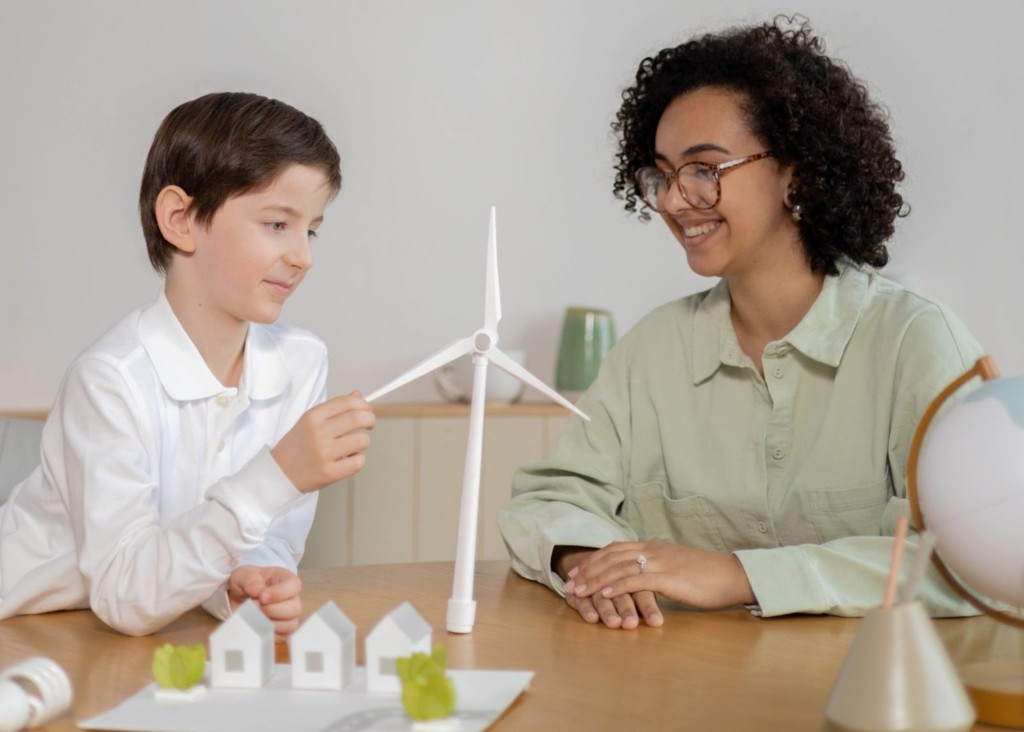
By: Michelle Blanchet and Mason Pashia
Sometimes it feels like we waste so much time debating climate change, we lose sight of some basic realities. Renewable energy isn’t going anywhere. Regardless of one’s view on climate, clean energy and clean manufacturing are not only better for our planet – they provide numerous economic opportunities for both our young people and our communities.
The question is – are we helping our students to have the skills and dispositions needed to fill this exponentially growing demand? Running parallel to the important conversations about environmental justice, we must also spotlight and demonstrate the link to economic transformation. Schools have the power, and the responsibility, to play a pivotal role in laying this foundation.
Changes In Policy Drive Opportunity
Studies tell us young people care about the climate, but they don’t necessarily know how to get involved or how they can make an impact. The transition to a greener economy will impact virtually every career as industries evolve. Schools should not only expose students to basic green skills, they should also highlight the various pathways students might take to employ these skills in the workplace and grow their capacity to have a tremendous impact on their communities and the world.
Legislation like the Inflation Reduction Act isn’t just about climate policy – it’s about jobs. A clean economy ensures more stability (e.g. clean manufacturing’s enhancements to global supply chains) and provides energy security, and with that the creation of environmentally friendly opportunities for our youth. This transition will produce well paid jobs that have the capacity to rejuvenate our towns, reduce inequality, and revitalize fading communities. As renewables continue to grow cheaper and more efficient, increased demand will follow
Billions of dollars are being invested to help our nation make this energy transition, but at the moment we can only wonder who will have the know-how to install solar panels, build and repair wind turbines, or lay the infrastructure to facilitate the transition to a greener economy.
While there has been an uptick in climate and sustainability education, it does seem most of it emphasizes awareness around the issues, personal measures we might take to do our part, and engagement in small scale projects to make a difference. This is a great start, however, it shouldn’t stop there. What should also be looked at are the wider implications that a changing world will have on both our personal and professional lives and how it will change the way we live and work.
If you know a young person who wants to do something that’s going to help the world and wants to make a good living at the same time, tell them to go become an electrician.
Bill McKibben
CTE, Trades and Vocational Skills
Perhaps it might be time to revisit some of our more neglected modes of learning – the industrial arts. For decades, we have moved away from trade and vocational courses, like shop class, but it hasn’t necessarily served our students well. Stigmas associated with blue collar careers, and bias towards college-ready have caused a drop in courses that give students hands-on skills. Perhaps exposure to clean energy, through applied, elective courses or CTE (career and technical education) could encourage students to gain an interest in this field and visualize a pathway as to how they might do their part professionally to facilitate this transition. (A map of over 40 careers in solar alone)
Schools are uniquely positioned to facilitate education to employment opportunities based on the needs of their communities. Investments to refurbish old factories into clean manufacturing might provide a different set of opportunities than a community-based in the Sun Belt investing in solar. Schools have the capacity to engage in or facilitate the sorts of community partnerships that will help students to pave their way in this new economy.
The BlueGreen Alliance estimates over nine million jobs over the next decade alone from the Inflation Reduction Act with even higher estimates from some organizations – 23 million from the Advanced Energy Economy – that will stem from the passage of this bill. Industries include clean energy (5 million jobs), clean manufacturing (900,000), efficient buildings (900,000), natural infrastructure (600,ooo), clean transportation (400,000), and environmental justice (150,000). Indirectly we know this green transition will impact other careers like education, healthcare, law, business, and finance – everyone needs to be ready.
Planet ED, an initiative of the Aspen institute, recently published a brief on school infrastructure and CTE, making a similar call to “Invest in career and technical education programs to increase access to clean energy jobs and to integrate environmental sustainability across career pathways” and to “invest in opportunity youth to ensure an equitable and just transition.”
On a recent episode of the Ezra Klein Show with forefather of climate action Bill McKibben, he identified that “the two limiting factors of climate change will be A. whether we can overcome the fossil fuel industry’s meddling, and, B, whether we can build out above all the human capital that we need.” He then said, “I mean, the best estimate is it’s going to take at least a million more electricians in the U.S. [alone]. If you know a young person who wants to do something that’s going to help the world and wants to make a good living at the same time, tell them to go become an electrician.”
As educators and as community leaders it seems the time is right to ask ourselves how we are contributing to this transition and how we are supporting our students so they are prepared to take part. The green revolution is here, and legislation has created a tremendous opportunity for our students. We need to ask ourselves – are we doing what we can to facilitate this transition? Let’s help our students set foot on the right path.
Michelle is an educational consultant that infuses startup strategies into professional learning so that teachers are empowered to bring changemaking, social innovation, and SDGs into their work. She’s the author of The Startup Teacher Playbook and Preventing Polarization: 50 Strategies to Teach Kids about Empathy, Politics, and Civic Responsibility.
This post is part of our New Pathways campaign sponsored by American Student Assistance® (ASA), Stand Together and the Walton Family Foundation.




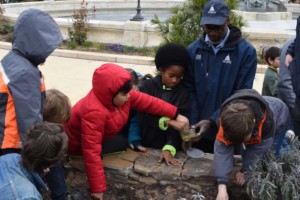
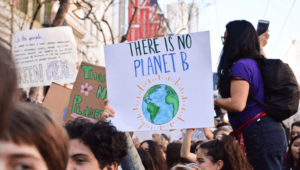
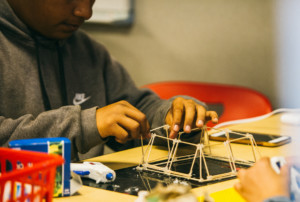
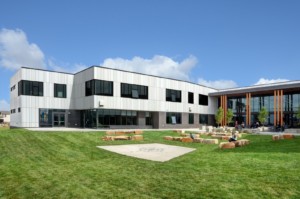
0 Comments
Leave a Comment
Your email address will not be published. All fields are required.